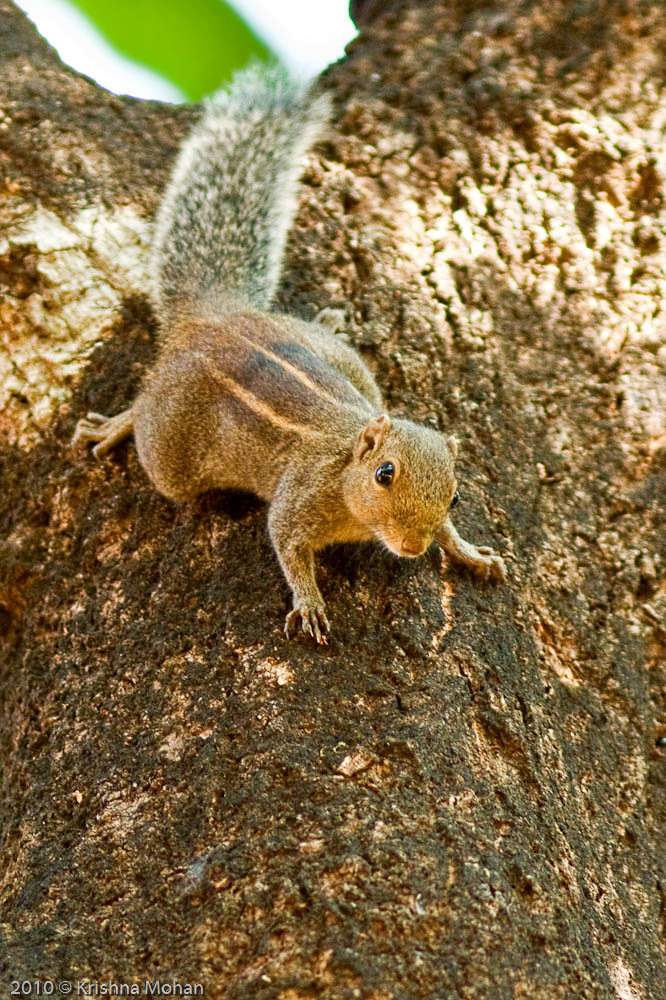Lacewing Eggs
I found these strange eggs on the under surface of Oleander (Nerium oleander) leaf next to my house. Each egg was attached to the top of a hair-like filament. I had not seen such an egg laying on filamentous structure and on searching for info I found that it was from Lacewing (Chrysopidae). I used … Read more





